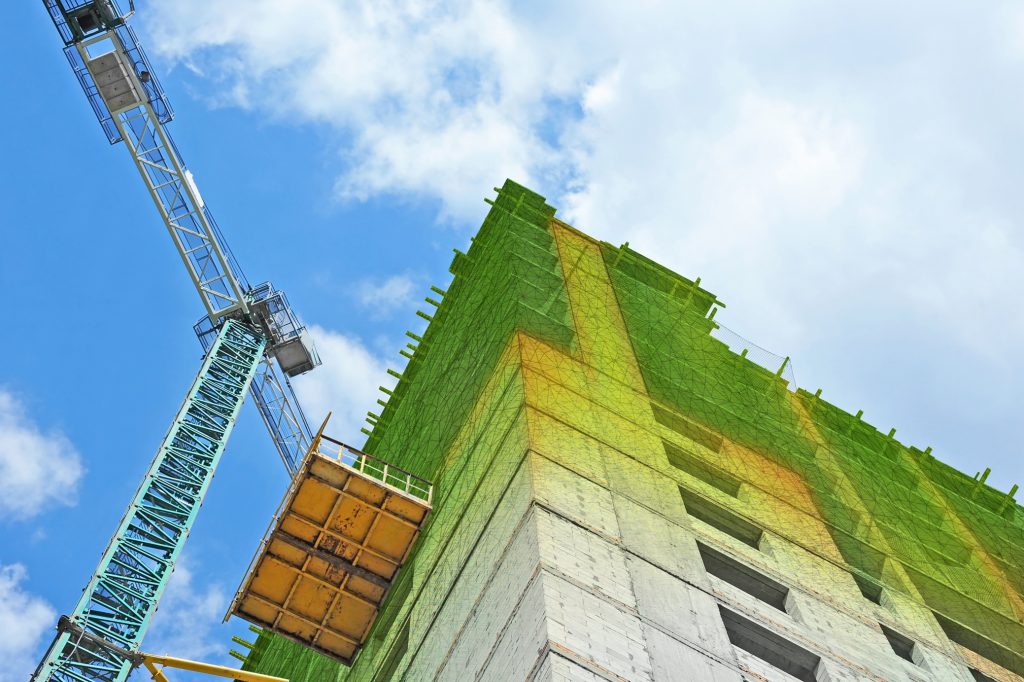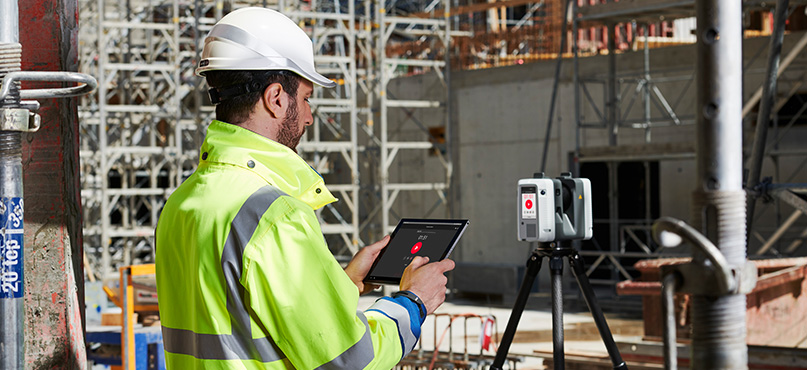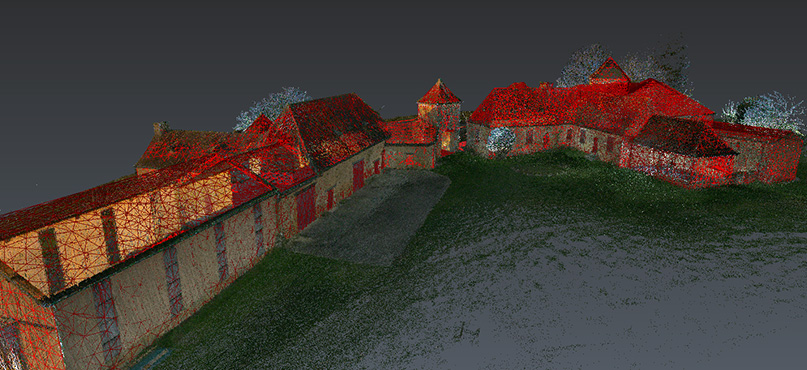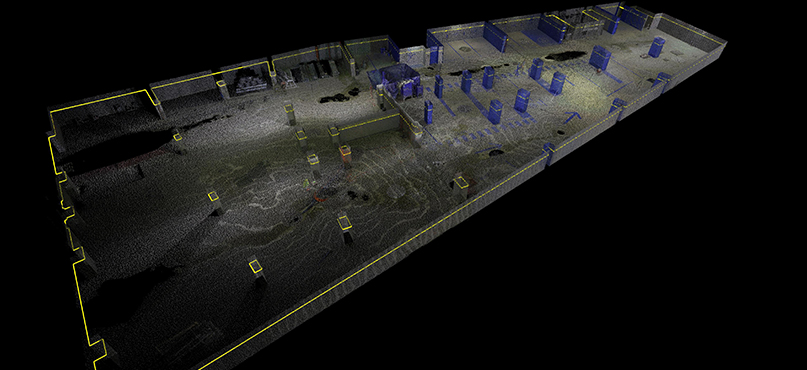Agata Fischer is President of the Building Field Solutions Division at Hexagon Geosystems.
In this thought leadership piece, she explains how innovation in reality capture technology – replicating the physical world, turning it into a virtual environment, and using software to derive valuable and useful information – is changing how work is done in construction.
Reality capture technology can be used to monitor the progress of a project and quickly compare as-built to design-intent models, ensuring quality control and highlighting any issues. It provides rich documentation so that users can always go back to the site in a digital environment and check as-built data. Moreover, as Building Information Modelling (BIM) processes become more widely adopted, there will be an increasing reliance on up-to-date 3D models from reality capture, where everyone involved can access the same information for greater collaboration and project efficiency.

Reality capture technology
To date, larger construction firms have been successfully reaping the benefits of reality capture technology. However, it is still less the case for smaller companies, including architecture, engineering, carpentry and MEP businesses. But with new technology innovations, less seasoned and novice users can adopt technology that would have previously required substantial training.
Changes spurred by innovation
As reality capture devices become smaller, more affordable and more automated, the process is becoming more accessible to a wide range of applications and everyday users, not just specialists. Not too long ago, reality capture was the domain of experts and trained specialists who would know how to operate the equipment in the field and process the data in the office. But with the introduction of easy-to-use products, many of the barriers to use have been removed and new, and novice users are adopting reality capture and leveraging the benefits. We’re also witnessing what has been called ‘the democratisation of the point cloud’. Taking advanced complex technology, but hiding the complexity from the user makes products easier and more automated to use, providing a simple solution for a range of workflows.

The Leica RTC360 and Leica Cyclone FIELD 360
With reality capture technology, field software pairs with hardware for seamless data collection and visualisation in any environment or job site. Linking the data captured in the field makes post-processing back in the office easier, so documentation of the built environment is more efficient, accurate and flexible. And with a mobile app for tablet computers and smartphones, reality capture is more portable and flexible, and the compactness and remote-control capability improve productivity.
Because using reality capture technology streamlines construction projects and improves efficiency and productivity, more projects can be generated, which increases business opportunities. Better quality also equals a better reputation, generating more leads. However, a streamlined project starts with having the accurate information to create reliable drawings and 3D models. Regardless of project size, an accurate and complete 3D understanding of a build means starting it off on the right foot. And collaboration platforms enable the sharing of data captured with off-site teams, owners, architects, carpenters, or any other stakeholders. As point clouds are still lesser-known in industries such as architecture, Scan-to-Plan and Scan-to-BIM services provide ready-made BIM or CAD drawings to start projects using the correct geometry for the design. This could be a door opener for businesses which are not yet ready to invest fully in reality capture technology and a stepping stone to full adoption in the future.
The main purpose of 3D laser scanning is to have a digital representation as a base for design, construction, and prefabrication work. 3D scan data can be turned into CAD drawings, 3D models or BIM models using software. Having this common digital representation among stakeholders means everyone involved has access to the most up-to-date and accurate information to make informed decisions about structures and their design as the project progresses.

2D to 3D point cloud mesh
The final deliverable produced from a point cloud will vary depending on the application and how the deliverable may be used going forward. For example, in some cases, a 2D model is enough for the end customer if they just need footage and a floor plan, whereas in other cases such as for prefabrication of parts like plasterboards, 3D is essential. Additionally, sometimes a processed point cloud is enough to detect a clash and to show progress against the model.
Innovations in reality capture for all
Creating plans in 2D, 3D, and BIM models with reality capture technology creates a base for construction designs quickly and easily. Because decisions are made based on up-to-date and highly-accurate data, rework is eliminated along with recurring site visits and time is saved on manual measuring. That means there is more time for the design, construction and installation work. In fact, as-built with reality capture technology can reduce a project’s time by 70%. The highest project quality is also assured, which is reputation-building and can increase business.

It’s an exciting time for the construction industry, with more innovation set for the next few years. Moving away from terabytes of raw data and delivering actionable information is paving the way to a brighter digital reality, one where innovation is available for everyone in construction.
 By Grace Donnelly
By Grace Donnelly